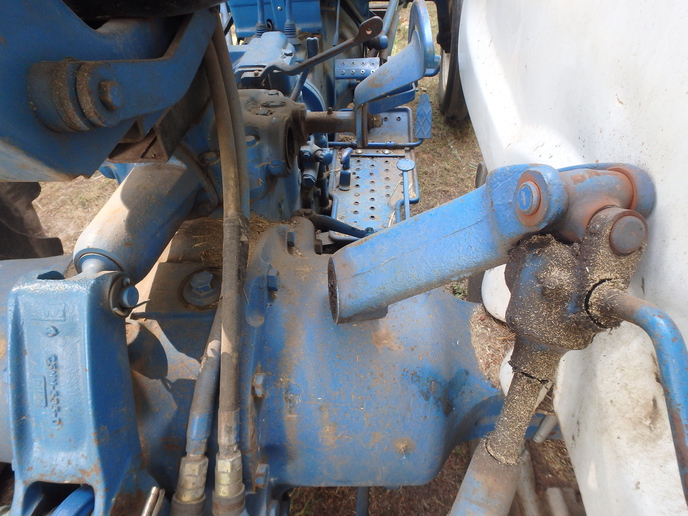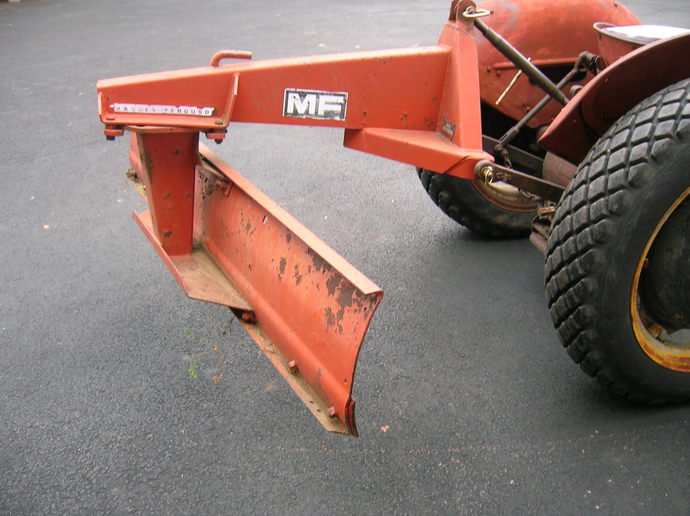Stephen Newell
Well-known Member
I have a woodworking planer that has two motors on it with individual switches for each motor but one stop for both. Please double check the way I have it depicted. I know it will function but I don't understand the overload elements at all. They are some old Allen Bradley starters.
One thing that is not shown is a factory strap running L1 power to the top of the left overload. Also there is L1 power going directly to the left side of the coil.
If it makes any difference I will be operating the machine off a rotary phase converter.

One thing that is not shown is a factory strap running L1 power to the top of the left overload. Also there is L1 power going directly to the left side of the coil.
If it makes any difference I will be operating the machine off a rotary phase converter.



